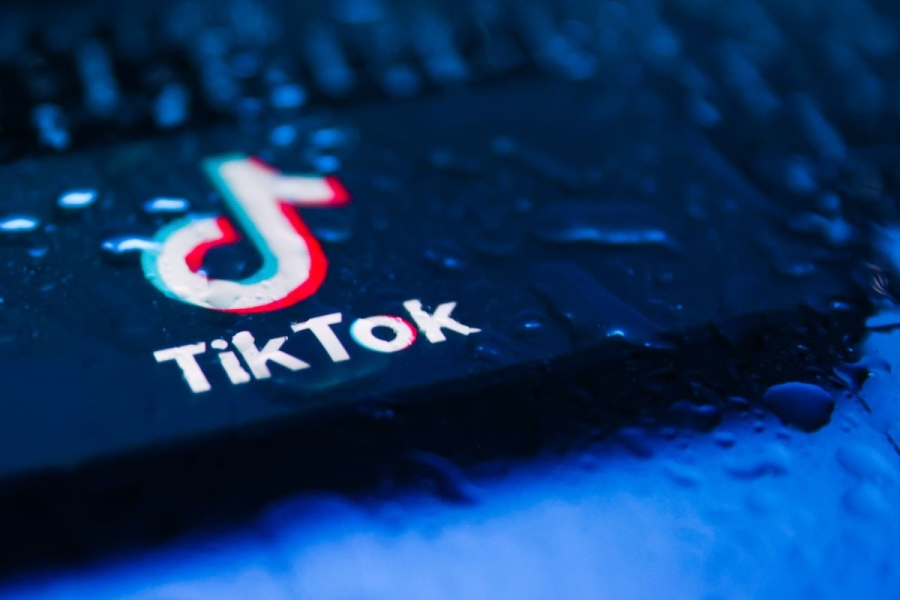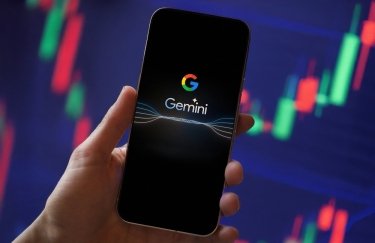The new Shop feature appears to be transforming the entire app experience.

A.W. Ohlheiser is a senior technology reporter at Vox, writing about the impact of technology on humans and society. They have also covered online culture and misinformation at the Washington Post, Slate, and the Columbia Journalism Review, among other places. They have an MA in religious studies and journalism from NYU.
Right next to the For You page on TikTok lives the TikTok Shop, the new and inevitable evolution of the company’s attempts to make money off of how good TikTok can be at making products go viral.
When I opened the Shop page after its official roll-out to all US users on Tuesday, I got two listings for different brands of trendy purple toothpaste (the appeal is twofold: The brands claim the toothpaste can temporarily correct staining, and brushing teeth with dark purple goo makes for visually interesting content). There are multiple offers of what appear to be knock-off pickle jar sweatshirts, a design that was originally printed and sold by an Indiana clothing boutique and then popularized when a bunch of fitness and beauty influencers started wearing it in their videos.
This is, on the surface, not that unusual for e-commerce in 2023. TikTok Shop feels like a mix of Amazon and Wish or Temu; products from big, verified brands are sold alongside cheap apparel and household goods, some of which appear to be scammy or counterfeit (though third-party sellers are, in theory, required to meet certain criteria). But when I left the shop to return to why I’d opened TikTok in the first place — to scroll aimlessly through my For You Page — I noticed a change.
Six of the first 10 videos I got on my For You Page were ads, mostly of products I’d just clicked on in the Shop. I returned to TikTok through the day, each time to a feed that was peppered with Shop videos, largely from creators I’d never seen before, trying to sell me teeth whitening gadgets. Until this week, my For You Page was comfortably settled into the queer and mental health niches, with detours into Baldur’s Gate 3 highlights and Taskmaster New Zealand clips. I’d now describe my For You Page as a scrolling infomercial that knows it needs to show me a couple Shadowheart memes to keep me looking.
According to the New York Times, TikTok’s full rollout of the Shop to all US users involves deliberately putting a lot of videos that include a Shop button into user feeds, all while offering discounts across the marketplace to entice people to actually buy something. Some orders are fulfilled by TikTok, others by the sellers themselves. TikTok takes a commission from third-party sellers. Likewise, creators on the app who qualify can earn a commission by making content about items available in the store and linking to listings in the marketplace.
TikTok’s launch of its shopping platform, which began testing in the US late last year, prompts a lot of questions: Will the app be able to meaningfully compete against Amazon in the US? How will TikTok’s entrance into e-commerce feed into efforts by some lawmakers to ban the app over concerns about its Chinese parent company, ByteDance? But the one I kept asking myself was more experiential: What is TikTok now?
Successful social media sites don’t stay the same over the course of their lives, and neither do the careers of the creators and influencers who gain popularity on them. So it shouldn’t be surprising that TikTok’s push to monetize itself has changed the qualitative experience of being on the app.
Thirteen years ago, the idea of being a famous YouTuber was still a pretty strange idea to a lot of people who weren’t super online. Now, a YouTube presence is just one part of making a living as a digital creator, a job that involves learning how to cultivate fans and followers to whom you can share (and sell) pieces of your creativity, personality, and time. Creators, and their audiences, have an awareness that they are doing business, that merch sales and sponsorships are not separate from the work of delivering videos that keep fans happy and get views.
TikTok has not historically been as good as YouTube at helping creators monetize their content. Because TikTok personalities can’t exactly run ads on their own short videos, the app has instead adopted a model of paying eligible creators from a fund, with earnings tied to each video’s views and engagement. But those earnings are tiny compared to what people can make on YouTube, and creators who have wanted to monetize their followings on TikTok have long had to use other platforms or create sponsored videos.
The way in which Shop has burst onto For You pages feels qualitatively different from a mere play at helping influencers and TikTok make money selling products. My feed feels like someone shuffled together a deck of playing cards with a stack of Monopoly money, where a larger share of the content I’m getting is based on the products I’ve seen, rather than the creators, topics, or sounds that I’ve come to expect when I open the app.
TikTok’s personal feel was always kind of an illusion, driven by recommendations algorithms and the tendency of the app’s users to treat the For You page a bit like a horoscope. The Shop videos, rather than slipping into the illusion that my For You page was really for me, instead felt like interruptions. Whether that will change how users feel about the app remains to be seen. But TikTok, certainly, is changing.
A version of this story was also published in the Vox Technology newsletter. Sign up here so you don’t miss the next one!
Source: vox.com






